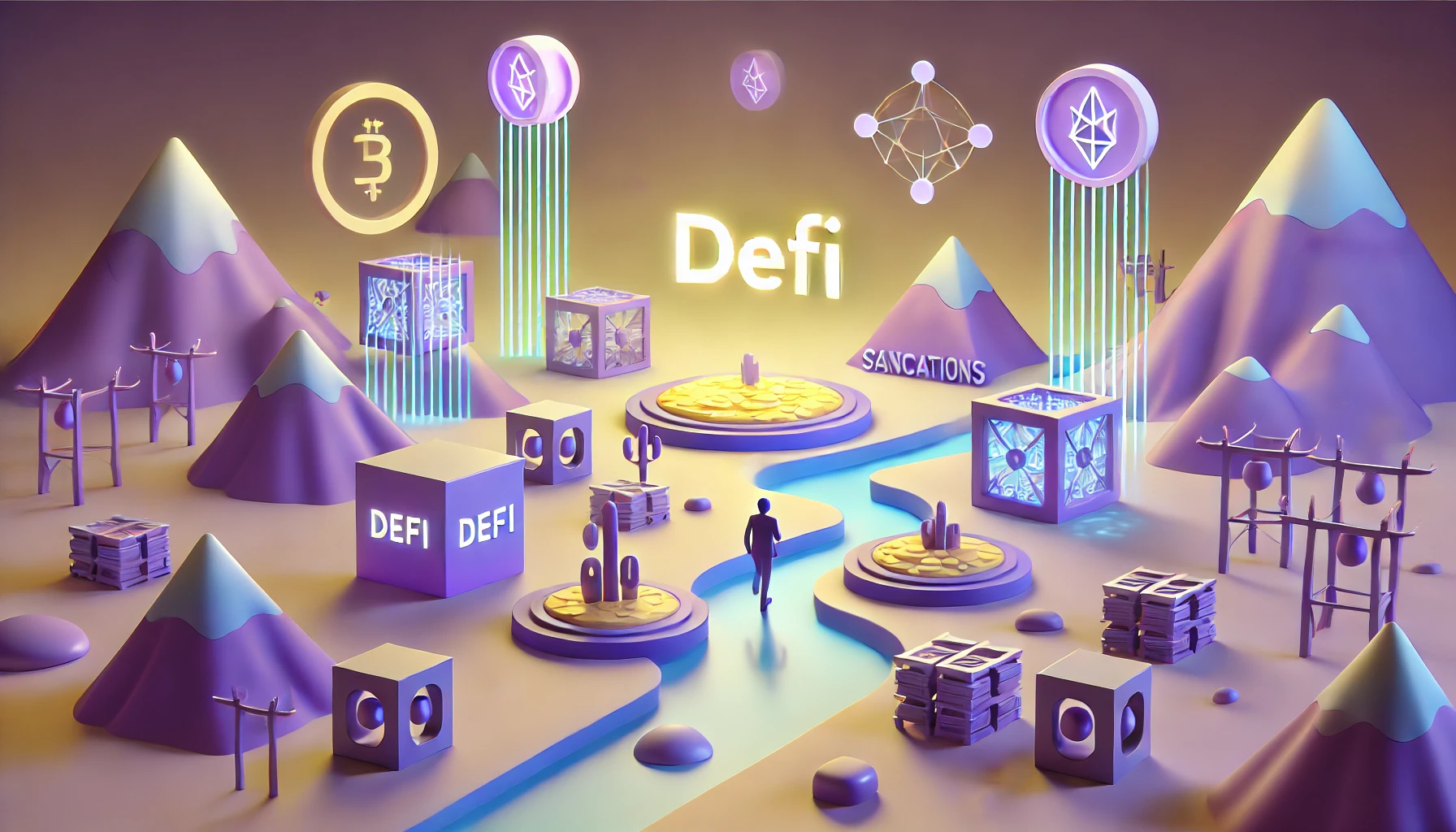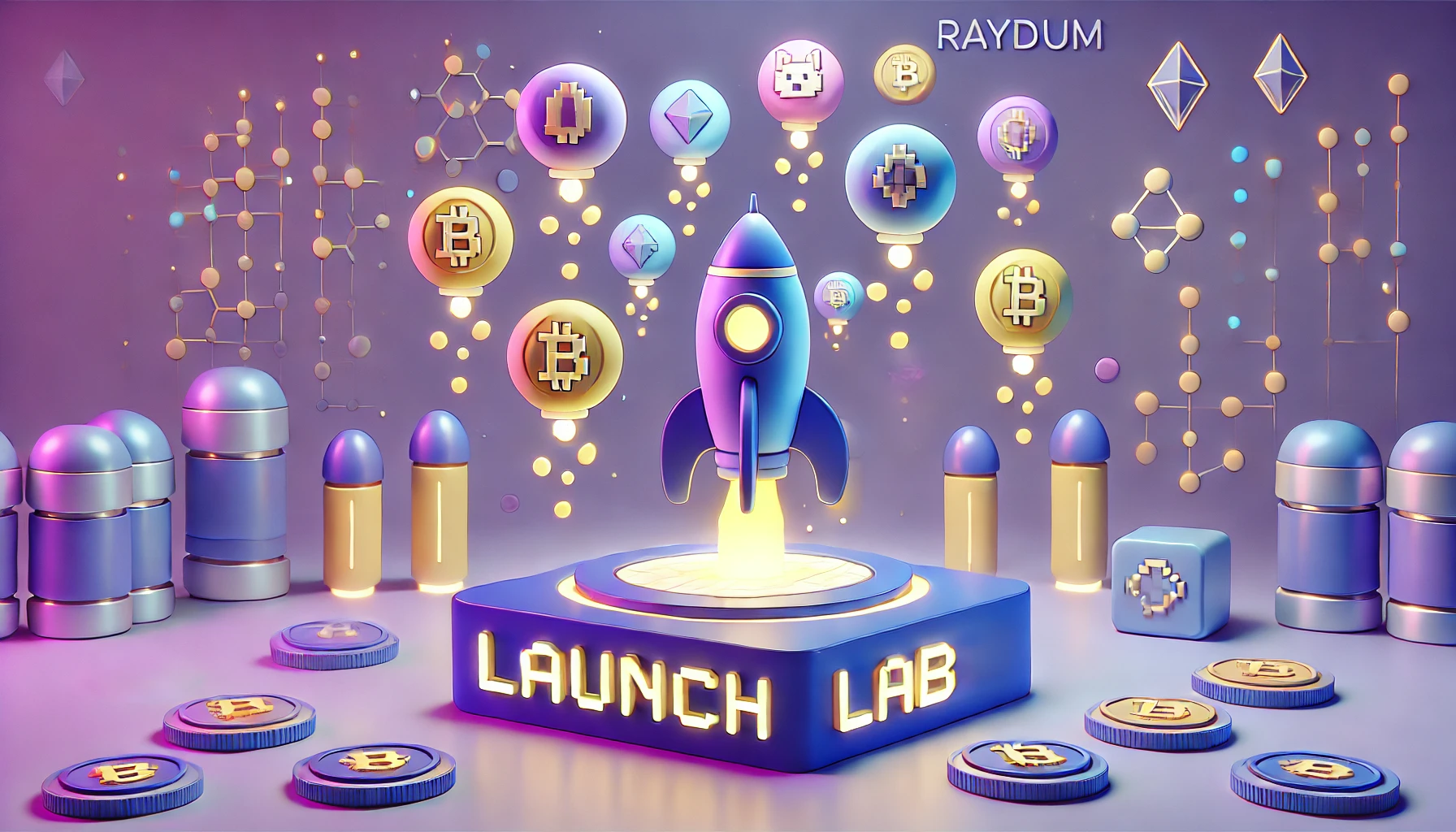Ethereum redefines itself with a radical upheaval: $2.5 billion worth of ETH burned, a historically low supply of 120 million ETH, and a market in turmoil since the merge. This deflationary transformation marks a turning point where scarcity and growing demand are propelling Ethereum to new heights. Welcome to the era of value sculpted by scarcity and the flame of burning.
Falling supply, rising demand
According to recent financial data, Ethereum has burned $2.5 billion worth of ETH since the merger in September 2022, resulting in a decrease in its supply to an all-time low of 120,211,380 ETH, representing a market capitalization of around $266.39 billion.
A deflationary trend for Ethereum
This reduction in supply is part of a deflationary trend, in contrast to the previous inflationary trend where new ETH were constantly being created. The burning of 1,195,238 ETH, equivalent to around $2.65 billion, plays a crucial role in the reduction of total supply and could reinforce the scarcity and value of ETH in the long term.
A gap between production and demand
Despite the issue of 885,581 ETH, equivalent to around $1.96 billion, demand for ETH outstripped supply. This illustrates that the ETH burn rate, according to financial data, continues to outpace production.
Impact on the NFT market
ETH transfers also contributed to the decrease in supply, with a volume of $51.87 billion on OpenSea, an Ethereum-based NFT exchange.
Increased average burn rate on the Ethereum network
Since the implementation of the burn mechanism as part of the EIP-1559 upgrade in August 2021, the average burn rate is almost double that before the merger, averaging 3.09 ETH/minute. In conclusion, Ethereum’s deflationary trend since the merger illustrates a change in its business model and reinforces its dominant position in the cryptocurrency market. Decreasing supply and increasing demand for ETH, as well as a high average burn rate, are key factors contributing to its market growth.














